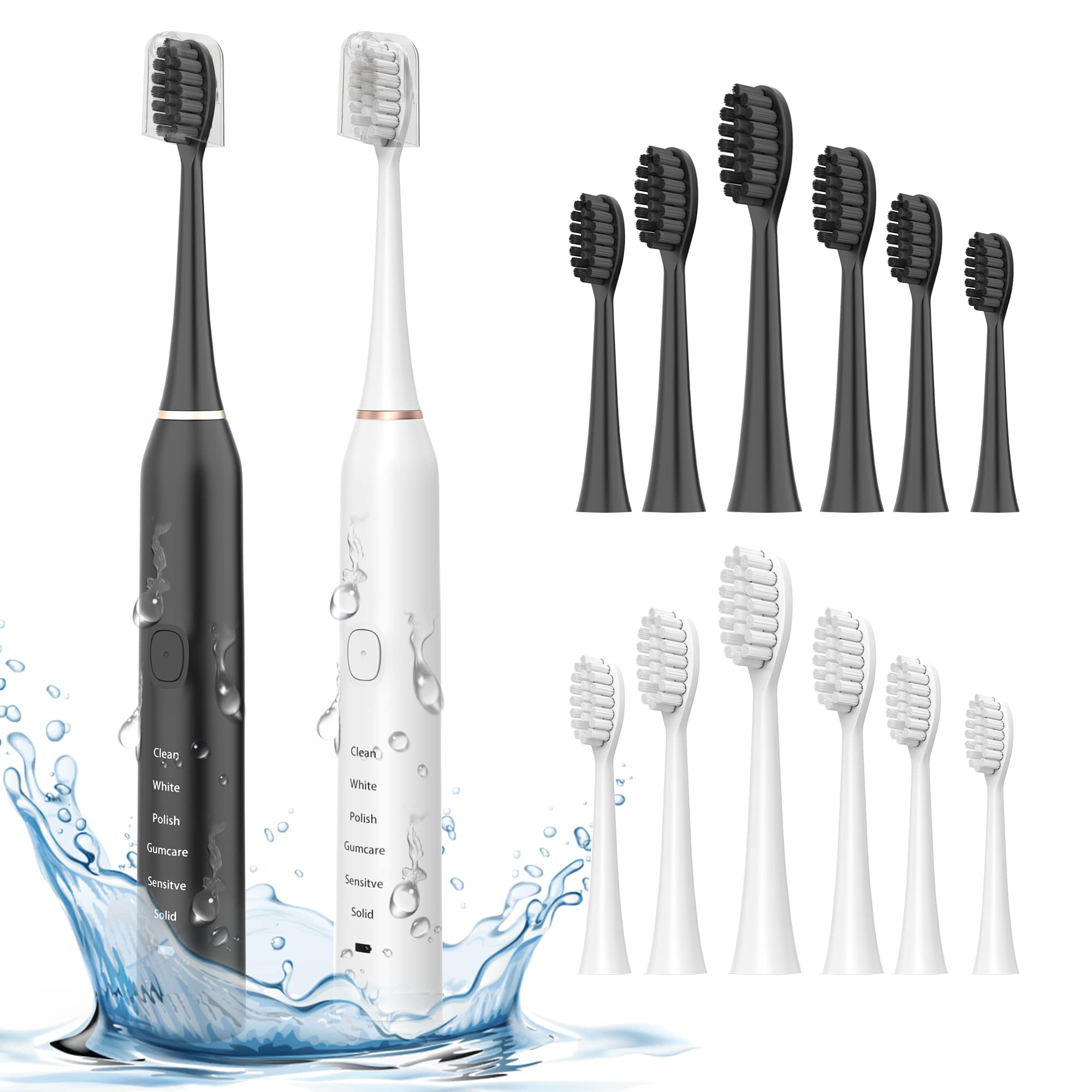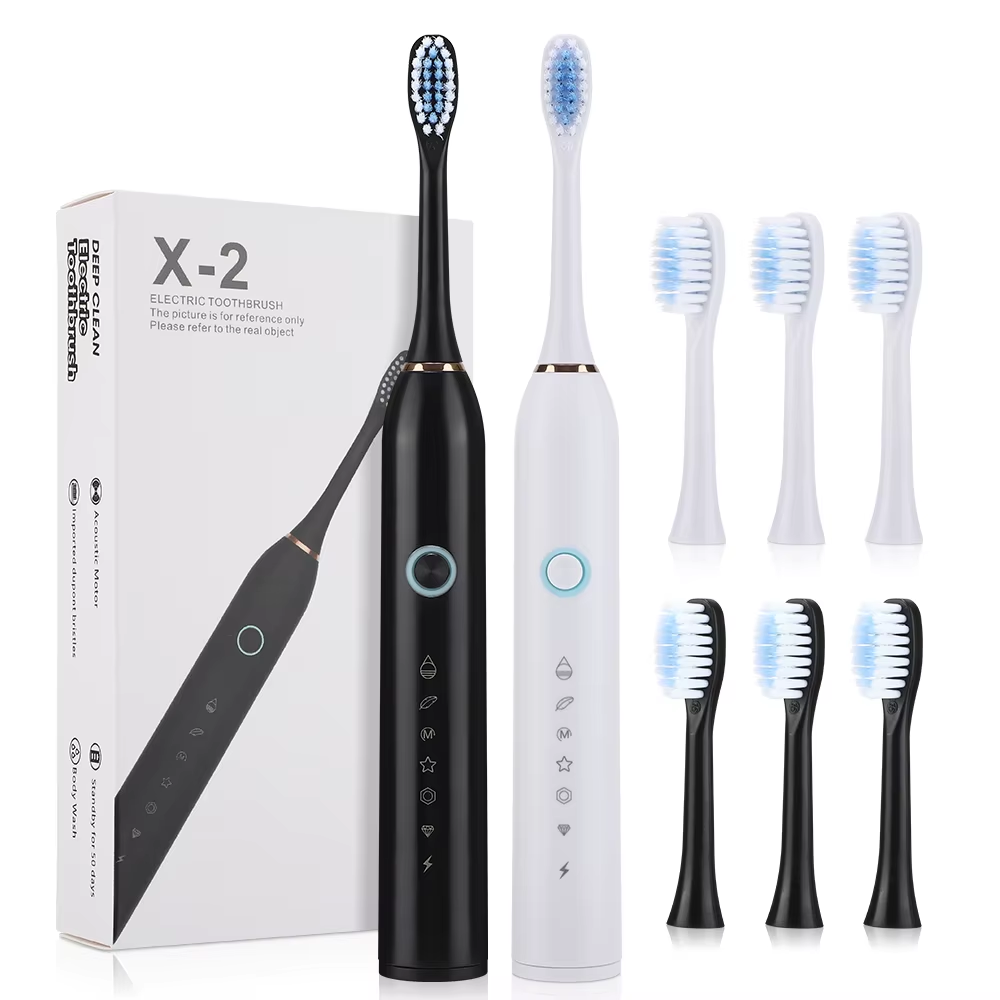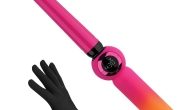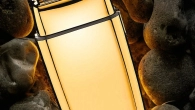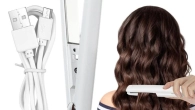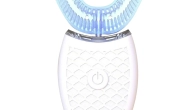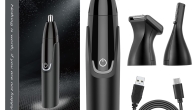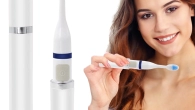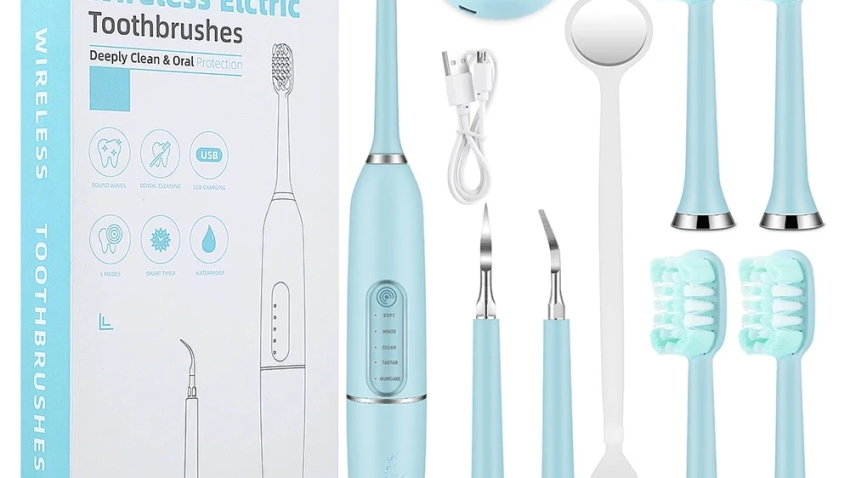
When Was the Electric Toothbrush Invented?
The electric toothbrush is a notable innovation in the realm of dental hygiene, significantly changing the lives of individuals around the globe. But when was the electric toothbrush invented? The genesis of this highly efficient dental tool dates back to the 1950s. This article delves into the history, technological advancements, impact on oral health, and future prospects of the electric toothbrush, providing you with a comprehensive understanding of this remarkable invention.
The Early Beginnings of Dental Hygiene
To appreciate the emergence of the electric toothbrush, it’s essential to recognize the long-standing historical journey of dental hygiene. The tradition of cleaning teeth is ancient, with early civilizations employing sticks and natural fibers to maintain oral health. For instance, the Egyptians used frayed sticks around 3000 BC, while the Chinese developed the first bristle toothbrush in the 15th century.
The Evolution of Toothbrush Designs
As civilizations progressed, the design of the toothbrush underwent significant changes. The use of animal hair for bristles became common in the 17th century, and by the 18th century, the modern design we recognize today began to take shape. However, it was only a matter of time before innovations in technology would revolutionize this fundamental tool.
The Birth of the Electric Toothbrush
So, when was the electric toothbrush invented? The journey began in the late 1950s, specifically in 1954, when Dr. Philippe-Guy Woog, a French dentist, developed the first-ever electric toothbrush known as the “Broxodent.” This device was designed to assist individuals with limited manual dexterity, such as those with disabilities or the elderly, in maintaining their oral hygiene.
Characteristics of the First Electric Toothbrush
The Broxodent came equipped with a rotating head that made it easier to clean teeth thoroughly. While it was mainly targeted toward people with special needs, it laid the groundwork for further advancements in the design and technology of electric toothbrushes.
The Electric Toothbrush Grows in Popularity
In the ensuing decades, the electric toothbrush gained traction among consumers. Its effectiveness, combined with advancements in technology, attracted a broader audience interested in enhancing their oral care routines. The advent of battery-operated designs in the late 20th century made these devices more accessible and user-friendly.
The 1970s and Beyond
In the 1970s, the electric toothbrush underwent various upgrades. Introducing rechargeable batteries and new bristle designs significantly improved the tooth cleaner’s performance. Companies like Braun and Oral-B began to market their versions, focusing on offering a variety of functions, including timers and programmable settings that catered to different dental needs.
Major Breakthroughs in Technology
With technological advancements in electronic devices during the late 20th century, innovations such as pressure sensors became integrated into electric toothbrush designs. These sensors provided feedback to users, alerting them if they were brushing too hard, thereby reducing the risk of gum damage. Additionally, models began to incorporate oscillating-rotating technology, which proved to be more effective at removing plaque compared to traditional brushing methods.
The Evolution of Electric Toothbrushes
Advances in Technology
As the years passed, the electric toothbrush underwent significant improvements. The introduction of rechargeable batteries in the 1980s made devices more practical and accessible for consumers. New technology allowed for lighter materials, making the brushes easier to handle and more appealing to a broader audience.
Introduction of Sonic Technology
One of the most notable developments was the introduction of sonic technology in the 1990s. Brands such as Philips Sonicare began to produce electric toothbrushes that vibrated at high frequencies, generating thousands of brush strokes per minute. This was a game changer when it came to removing plaque and promoting better oral health.
The Role of Research in Electric Toothbrush Development
A combination of consumer demand, technological advances, and extensive research has propelled the electric toothbrush to become a staple in dental care routines. Numerous studies have been conducted to validate the effectiveness of electric toothbrushes compared to manual counterparts.
Insights from Studies on Oral Health
Research has demonstrated that electric toothbrushes are effective at reducing plaque and gingivitis. A systematic review published in the Journal of Clinical Dentistry in 2014 concluded that electric toothbrushes are generally more efficient than manual brushes. The oscillating-rotating type, in particular, was found to be superior at reducing plaque formation and improving gum health.
Endorsements from Dental Associations
The promotion of electric toothbrushes has also gained traction thanks to endorsements from dental associations. Organizations like the American Dental Association (ADA) recommend electric toothbrushes as an option for people looking to enhance their oral care. They note that many electric models are effective for patients with specific difficulties, making them great additions to dental care tools.
The Impact of Electric Toothbrushes on Oral Hygiene
Since their inception, electric toothbrushes have dramatically transformed oral hygiene practices. Not only have they made brushing teeth more effective, but they have also encouraged individuals to take better care of their dental health.
Encouraging Consistency in Oral Care
One of the fundamental advantages of electric toothbrushes is their potential to motivate consistent use. Many models come with timers, which discourage users from rushing their brushing routine. As a result, users may spend the recommended two minutes brushing, significantly contributing to their overall oral health.
Addressing Special Dental Needs
Electric toothbrushes have also found a place in dental care among specific populations, such as children, the elderly, and individuals with disabilities. The adaptable nature of electric toothbrushes makes them a preferred option for those needing assistance, ensuring that they maintain an effective oral hygiene routine.
Future Prospects of Electric Toothbrush Technology
The future of electric toothbrush technology appears promising, with continuous innovation driving improvements in efficiency, usability, and features.
Smart Technology Integration
The integration of smart technology into electric toothbrushes has opened new avenues for user engagement. Many modern electric brushes feature Bluetooth connectivity, linking to mobile applications that allow users to track their brushing habits and receive personalized advice for improving their technique.
Eco-Friendly Developments
As sustainability becomes a focal point for consumers, manufacturers are also striving to make electric toothbrushes more eco-friendly. Innovations such as recyclable materials, biodegradable components, and sustainable manufacturing practices are on the rise.
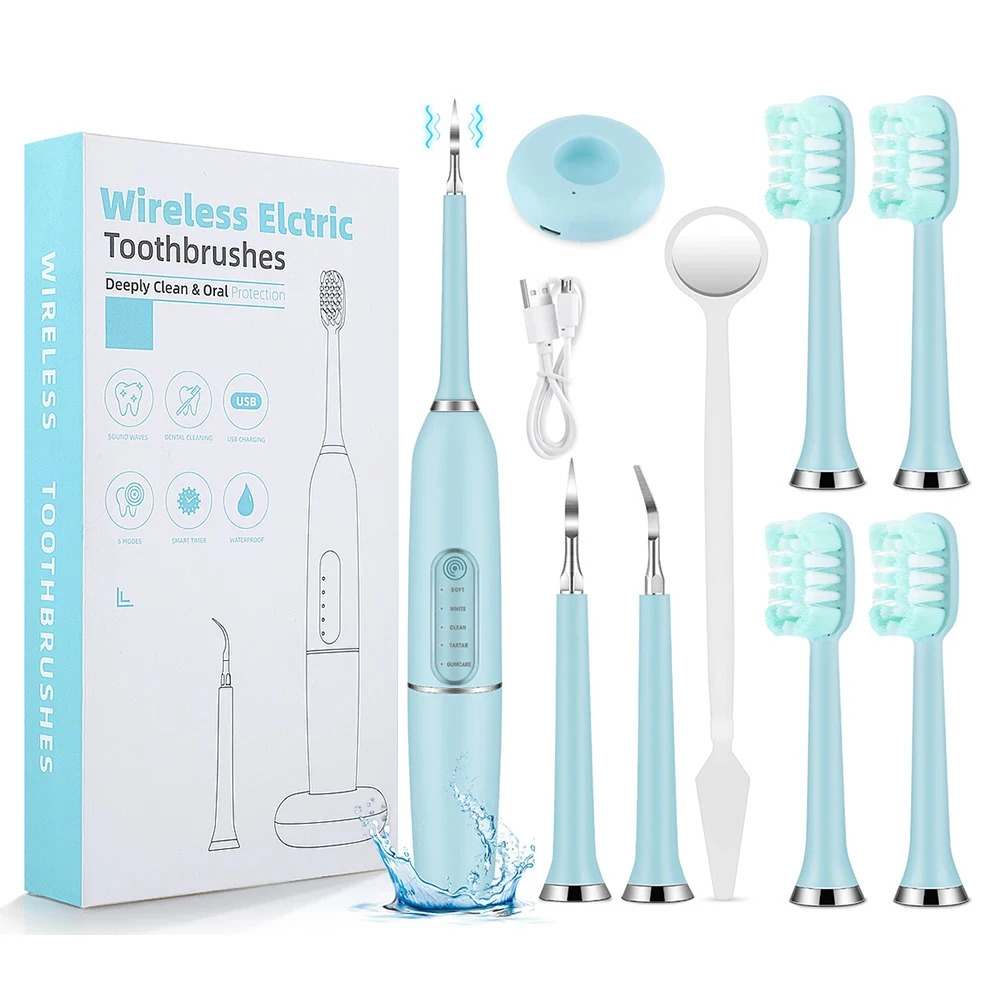 The Global Impact of the Electric Toothbrush
The Global Impact of the Electric Toothbrush
The benefits of electric toothbrushes extend beyond individual users. The global implications of improved oral health capabilities can lead to significant public health advantages.
Reducing Dental Care Costs
By promoting better oral hygiene practices, the widespread use of electric toothbrushes could potentially reduce dental care costs. Preventive care minimizes the incidents of cavities and gum diseases, leading to fewer trips to the dentist and less need for expensive surgical interventions.
Enhancing Quality of Life
An often-overlooked benefit of proper dental care is its connection to overall health and well-being. Promoting good oral hygiene can improve self-esteem, enhance social interactions, and contribute to a person’s long-term health by reducing the risk of systemic diseases linked to poor oral health.
Conclusion: when was the electric toothbrush invented
In summary, the journey of the electric toothbrush has been nothing short of remarkable since its inception in the 1950s. When was the electric toothbrush invented? The answer traces back to Dr. Philippe-Guy Woog in 1954, who revolutionized oral hygiene practices. From its early beginnings as a specialized tool for those with special needs to a household essential, the electric toothbrush has positively impacted millions of lives. The continuous advancements in technology, the emphasis on research, and the future potential of these devices suggest that they will remain an integral part of dental care for years to come.




